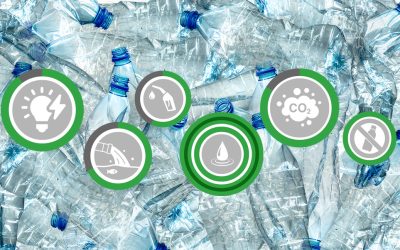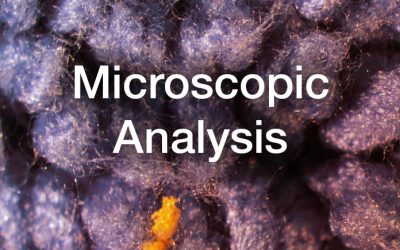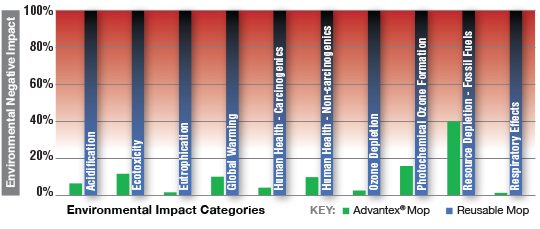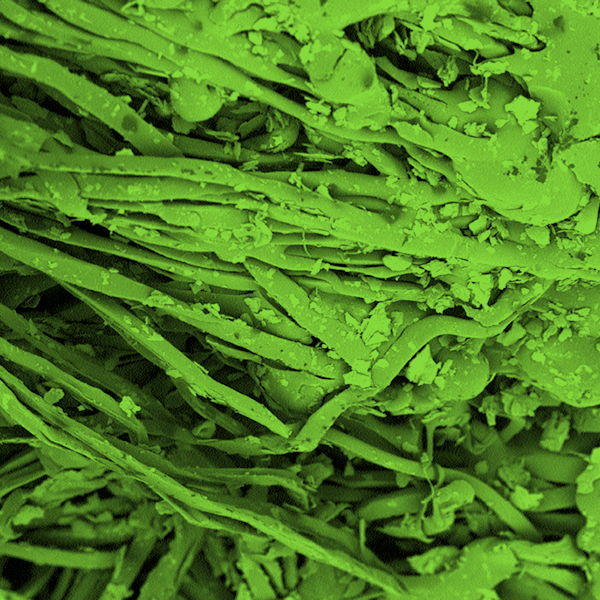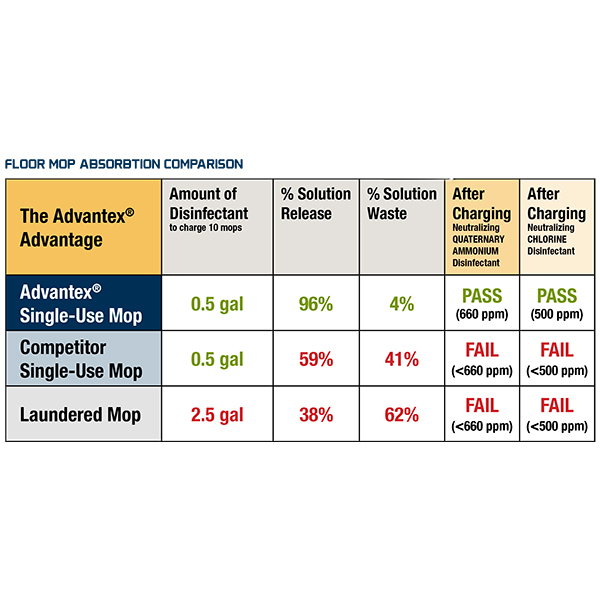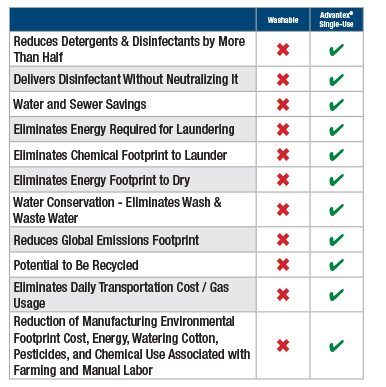Are you disinfecting the floor?
You may be surprised by our study findings. Check out our research:
Sustainability MATTERS
Only Advantex® Single-Use Microfiber Mops help support your sustainability initiatives. The Advantex® Single-use Mop has a significantly lower environmental impact than a reusable laundered mop in every category assessed in the EPA TRACI model. A contribution analysis...
Analysis: Microfiber Laundered and a Single-Use Mops
Eight laundered microfiber flat mops and one single-use microfiber flat mop were photographed at 20X’s, 40X’s using a 3D stereo microscope and 1,000X’s using a Scanning Electronic Microscope, SEM.EXECUTIVE OVERVIEW: The laundered mops demonstrated significant...
Environmental Life-Cycle Analysis of Single-Use and Reusable Mops
Richard Venditti, Elis and Signe Olsson Professor, Department of Forest Biomaterials, North Carolina State University, Room 1204 Pulp and Paper Labs, Raleigh, NC 27695-8005 Download PDF Summary & Results The Advantex® Single-use Mop has a significantly lower...
The Floor Could be the Weakest Link in Fighting HAIs
Pathogens are consistently introduced to the floor throughout the day by shoes, transport equipment such as wheelchairs and beds, treatment devices or computer carts, and non-slip patient socks that traverse the floors and frequently, directly into a bed. More...
Moving to Single-use Mops
Converting to disposable microfiber mops can significantly reduce the HAI risk for hospitals, eliminating the potential for inadequately launder mops to be reintroduced with remnant HAI pathogens. The case study evaluated our Advantex® (Brand A) along with several...
Laundered Mops vs. Single-Use Mops
Environmental Comparisons A recent study evaluated laundered microfiber mops from eleven hospitals and found that 27.3% of the newly laundered mops contained microbial contamination, including HAI pathogens. Download PDF Key Findings Laundry considerations: The...

